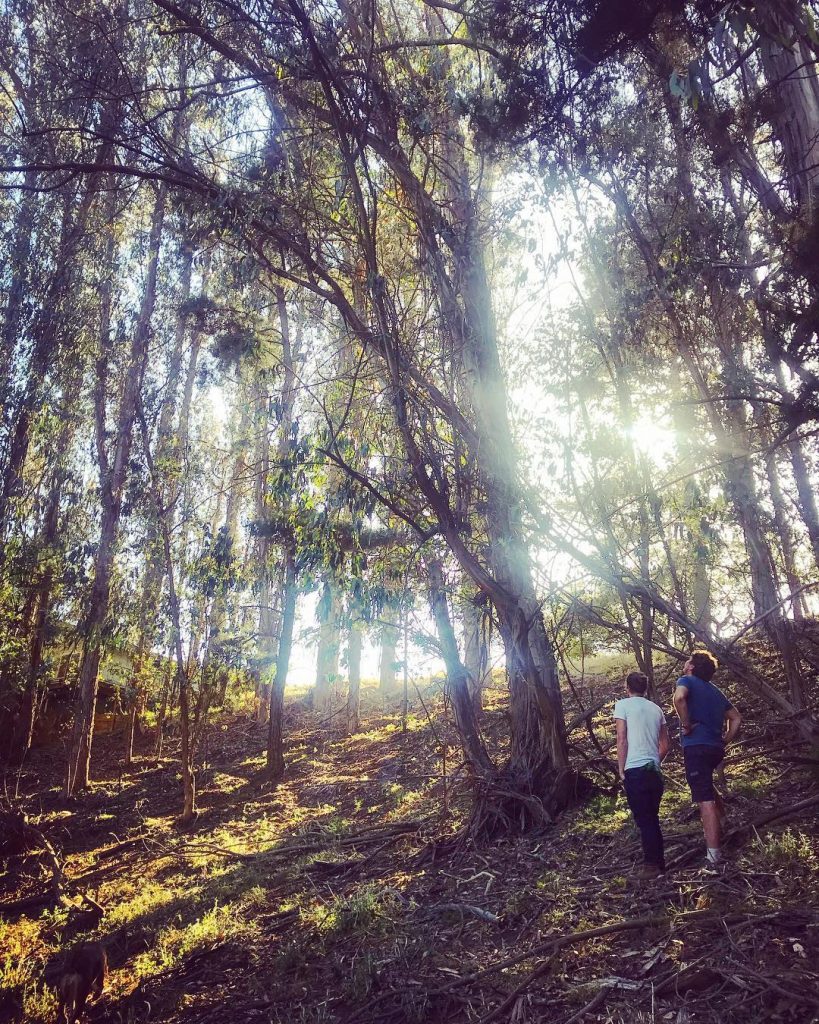We’ve been on the land for two months now, and we’re learning so much. The early days are both exciting and challenging. As we get things ready to amp up our educational programming in agroecology, environmental stewardship, and the arts, two things strike me especially. Manual labor is anything but mind-numbing when you have the freedom to make your own decisions. And, considering all the complex decisions to be made every day, transitioning to a simpler, land-based life is far from simple. As we map and re-map our plan for the land, we want it to be as adaptable as possible for future additions and changes. We want to lay a strong foundation. We’ve put years of research into our vision for Terra Cultura, but we’re building adaptability into our model, and things are always changing. How do you lay a foundation for a shape-shifting house?

Our approach has been a combination of deep research and consulting experts. Also, we listen sincerely to the fresh perspectives of visitors, watching sparks of inspiration fly when guests see the land for the first time. We take a collaborative approach to each problem, weighing and combining multiple solutions to the same scenario, configuring and re-configuring possibilities until the right creative answer emerges. We allow ourselves time to dwell on a problem, and if called for, change our minds. In the first 60 days, our down and dirty, do-it-yourself-with-hand-tools projects have ranged from roofing to flooring, from plumbing to power, from tree felling to crop bed-building, from demolition to construction, from permits and insurance to grants and leases, from developing curriculum to regenerating soil, from paving driveways to leveling slopes, from attending local community events to identifying the flora and fauna. We’ve gone from running up and down the slope every time we needed water, to turn the valve on the spigot and switch on the pump, to operating the water valve via Bluetooth and the pump with remote controls. We are somehow both terribly rustic and wonderfully high-tech at the same time.
One challenge of this property is the slope. While the views are dramatic, the hillside makes the logistics of farming difficult. We’ve been researching the most effective and efficient ways to build terraced beds, hoping to limit our reliance on big machinery except where deemed absolutely necessary after careful cost-analysis. Another challenge of this property is the two thirds of it that are wooded in some oak and pine, but mostly eucalyptus. On one hand, we love the dappled sunlight along the forested trails, and the habitat and privacy it creates. We definitely want to keep some of that. But we also want to make room for some structures, and to thin the invasive, highly flammable eucalyptus in favor of native trees and food-producing plants. Our plan is to establish an orchard, silvopasture, and food forest in areas currently overrun with eucalyptus. So what do we do with all the wood once we fell the unwanted trees? We can burn it for firewood, we can chip it for mulch, we can perhaps use it for fence poles or simple log construction. When it comes to building terraced beds, we think we’ve come up with an elegant case of the problem becoming the solution: enter check log terraces.
Check logs offer a method of building terraced garden beds where logs are laid vertically to create a beaver damn style retaining wall. Behind this log wall the soil is built up with compost and mulch. Prior to our purchase of the property, the land was over-grazed and poorly managed, resulting in the erosion of topsoil and depletion of nutrients. Since our plan is to regenerate the soil by adding a lot of organic materials, it makes more sense for us to build up our beds rather than carving out the hillside to level them. Through combining check logs with some techniques of hugelkultur, we’ll be saving our backs while adding nutrients to our crop beds. The problem of the slope and the problem of the trees are combined to transform into a manageable, efficient, functional, and resource-conserving solution. The problem is not a problem at all when the problem is the solution.
Our sandy, nutrient-depleted soil is of course one of our biggest challenges. But we’ll have some help as we work towards regeneration. Terra Cultura is pleased to announce that we are the recipients of a 3-year grant from the California Department of Food and Agriculture, to participate in their Healthy Soils Program, a state initiative to implement conservation agricultural management practices that will sequester carbon, reduce atmospheric greenhouse gases, and improve soil health. We’re also looking forward to using these practices as learning opportunities for volunteers and students. Many of the land stewardship practices the CDFA hopes to incentivize with this program are the exact same practices that we plan to teach to our visitors. We look forward to providing a transformative example of regenerative land stewardship to convert overgrazed and nutrient deficient sand into healthy and fertile soil. We’re excited by these opportunities to shift our perspective and make so-called problems into resource-wise solutions.


Wow Ray! This is beautifully written! You all have accomplished so much in a short period of time! I love hearing about your adventures as you create Terra Cultura, from the ground up. I am so excited to be coming up!
Much love,
Or you can just bring in a gang of koalas. lol
That would definitely work well too! We were disappointed not to have any with all this eucalyptus around 😉